Hey there GuineaGang,
Have you ever wondered about Skinny Pigs? Watch this short video for a quick summary about these amazing, hairless guinea pigs:
What are hairless guinea pigs and what should you know before getting one?
They are not skinny and they certainly aren’t pigs, but these hairless rodents sure are cute! Skinny pigs are sometimes called Skinny Guinea Pigs or Hairless Guinea Pigs. The iconic look of the skinny pig or hairless guinea pig has earned them a lot of attention. It’s worth getting to know a bit about this unique variety of guinea pig, especially if you are looking to have a skinny pig join your family!
What is a Skinny Pig?

In simple terms, skinny pigs are a hairless or mostly hairless variety of guinea pig. Most skinny pigs lack fur across their body with patches on the face and the legs being an exception in some individuals. You may even notice very thin or fuzzy fur across the back of a skinny pig since their appearance is dependent on genetics that were partly inherited from classic domesticated guinea pigs.
If you guessed that hairless guinea pigs are not a naturally occurring species, then you're right! These cute guinea pigs are the result of a genetic mutation first identified in 1978 at Montreal's Armand Frappier Institute, a medical research facility. This also makes hairless guinea pigs the only guinea pig species to originate from Canada, or North America in general.
The skinny pigs we see as pets today are the descendants of domesticated guinea pigs with a genetic mutation that is commonly bred into lab guinea pigs.
You may be wondering things now like are skinny pigs a good pet, and the answer, of course, is yes! In a laboratory setting, these hairless rodents work as animal subjects for testing on topics related to human skin, but in the average household, they serve as quirky and loving pets.
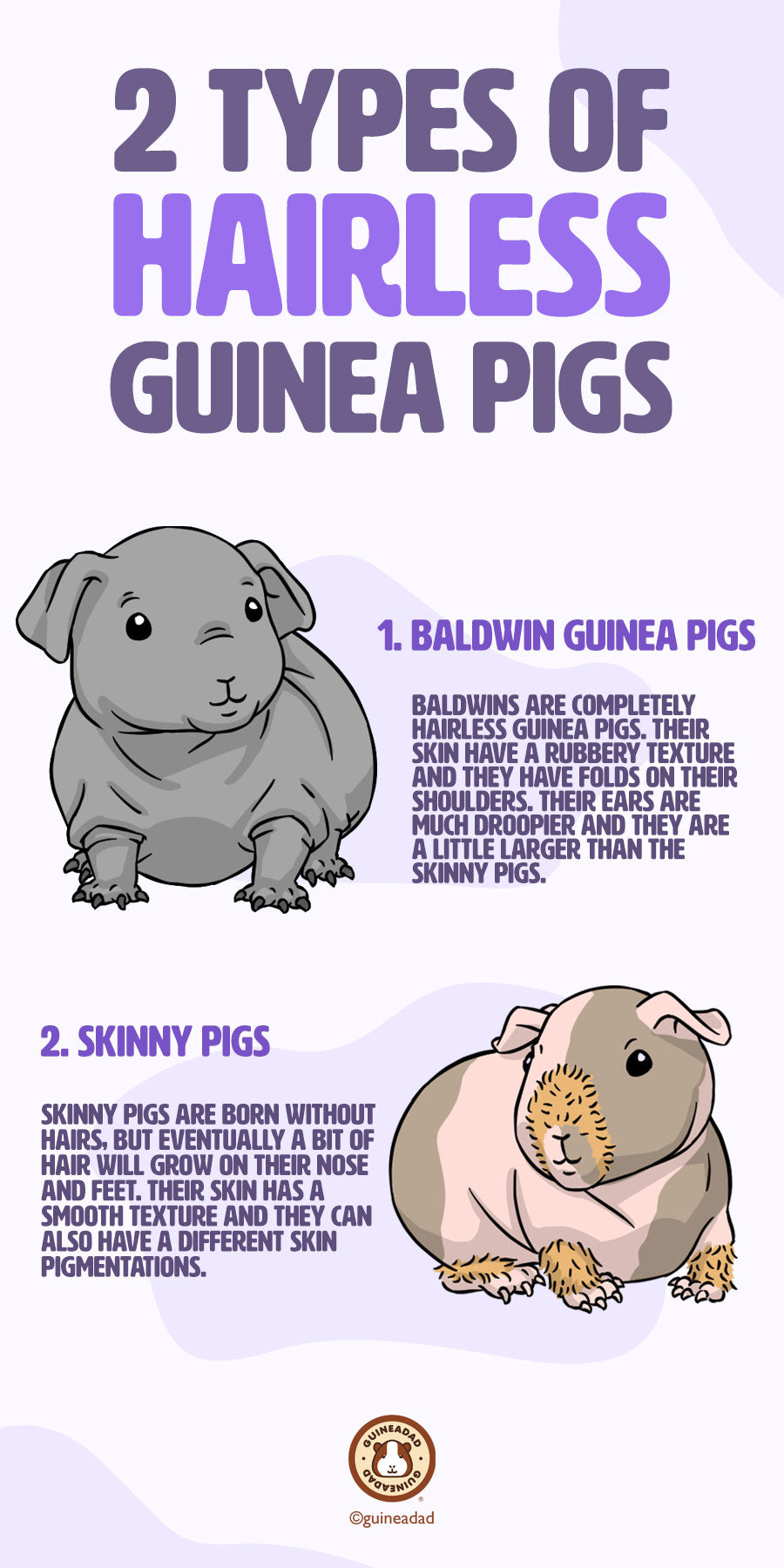
Being hairless does not mean they are whiskerless. Even the most hairless of domestic bred skinny pigs still have whiskers and other small hairs that are used to sense their surroundings. Much like their furry relatives, skinny pigs also have pigmentation. Their skin can display a variety of pigments, like black, brown, and a lack of pigmentation which is displayed as pink skin. These colors can create patterns and overlap, just as they would on a guinea pig that has fur. You may also learn that there are two types of hairless guinea pigs, the Baldwin guinea pig and of course, the Skinny pig!
A Skinny Pig's Temperament
The skinny pig temperament aligns with most other breeds of guinea pigs. They are considered to be very docile and make great pets when properly conditioned. Guinea pigs are considered to be rather hearty and are unlikely to fight or bite in most situations, which is why many children keep them as pets. Be sure to always bond your guinea pigs in general before pairing them together. Guinea pig fights can lead to skinny pigs being more injured because of their lack of coat. For more information on bonding guinea pigs, you can follow our blog Bonding Your Guinea Pigs.

Their docile nature is countered by a natural predisposition to be skittish, especially when facing unfamiliar scenarios. It is not uncommon for skinny pigs to try and make a run for it if they feel uncomfortable or are faced with sudden changes.
Skinny pigs are also very social animals. They can be desensitized to other pets and people, but most prefer a compatible companion of the same species. Once skinny pigs are accustomed to being held, they make for cuddly companions, but it might take some time to get used to petting a hairless animal. Your skinny pig may be even more friendly in the winter if they learn that you are a reliable heat source when they are feeling chilly.
Skinny Pig Care
As far as eating, housing, and socializing go, skinny pigs are very similar to furry guinea pigs. So let’s start with the thing that makes this variety of guinea pig so special, their skin! Skinny pigs are commonly referenced as a good non-human model for skin reactions and pigmentation because their skin functions similarly to human skin.

These sweet, bald guinea pigs will eat the same things as other guinea pigs, which means they should always be supplied with the best kind of hay, water, and fresh vegetables daily. It can occur that often you may notice that guinea pigs seem to eat and drink more than your other guinea pigs. That's because Skinny pigs have a high metabolism, and will eat twice as much as a fur piggy. Due to the fact that they are missing fur, they use a lot of energy trying to keep themselves warm. So always make sure you supply your skinny pig with a GuineaDad Liner, GuineaDad Hay, and clean water.
It is also important to note that because Skinny pigs eat more than furry guinea pigs, you may also need to clean their guinea pig cage more. Spot cleaning with GuineaDad Liners should be more frequent, as well as switching out soiled fleece liners. Always take your skinny pig to the vet at least once a year for a routine check up.
Skinny Pig Skin Care
It has been found that skinny pigs experience pigmentation change when exposed to UV light and that change is dependent on their natural pigmentation. This similar reaction to UV light suggests that skinny pigs are also susceptible to damages caused by excess UV light exposure, like sunburn and DNA damage.
Due to hairless guinea pig's skin being constantly exposed, they can develop dry skin if not cared for properly. Wild guinea pigs evolved with fur so they could naturally prevent damages from UV light, so skinny pigs need to be protected from excess UV exposure. Just like bald humans, a bald guinea pig is more vulnerable to sun burns and other skin damage from the sun's harsh rays.
Skinny pigs' hairless bodies are also sensitive to substances that would otherwise have been buffered by their fur. Some studies have found that skinny pigs have allergic reactions that are similar to those of people when they are exposed to known skin irritants. In many ways, the skin of a naked guinea pig should be treated with the same care as a human's. You may consider using coconut oil for skinny pigs with dry skin. Always consult with a vet before changing your skinny pig's health routine.

This means that most creams, fragrances, and other human-grade topicals could be upsetting to your Skinny pig's sensitive skin. It also means that Skinny pigs are more susceptible to fungal infections, such as ringworm, as there are more opportunities for skin-to-skin transmission if their bedding is not kept dry and clean. Consider healthy guinea pig bedding like GuineaDad Liner, which is created to be multi-purposeful by keeping your guinea pig's feet dry and fighting against bacteria related infections.

You should also keep your skinny pig’s environmental temperature in mind since they lack a key physical structure meant to help regulate their body temperature. Without hair, skinny pigs may feel warmer than guinea pigs with fur, but they are still sensitive to the cold. Studies have found that singular skinny pigs prefer temperatures around 30 OC, but their preferences may change when housed with other guinea pigs.
Is a Skinny Pig Right For You?
Skinny pigs may have a shocking appearance, but they are similar to the furry domestic species in more ways than you would expect. The key to caring for these unique critters is getting to know them personally. Naked guinea pigs are sweet and personable animals. With an understanding of your skinny pig’s preferences and medical requirements, you can give them a quality home and they can give you quality companionship
For more great guinea pig content, check out our other blog posts at:


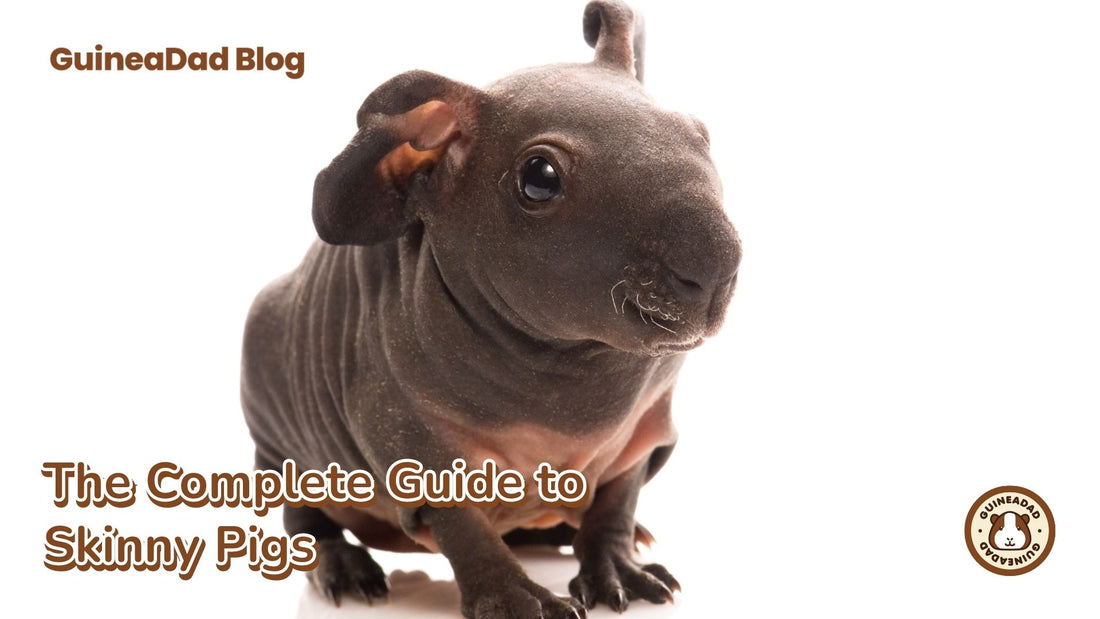








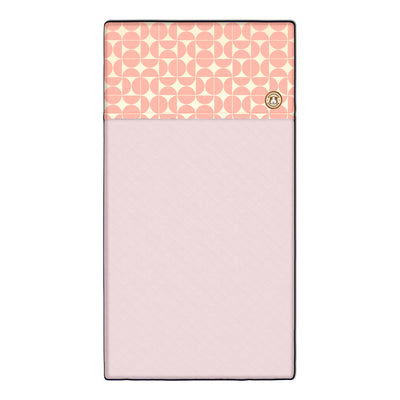

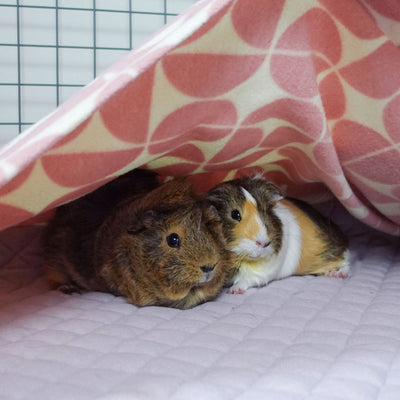
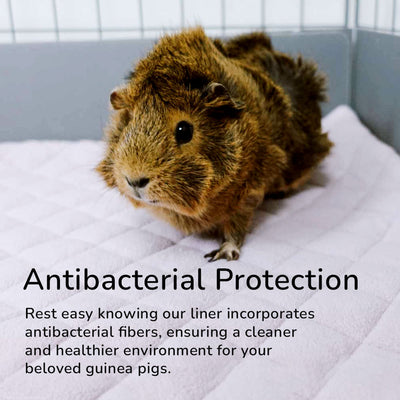









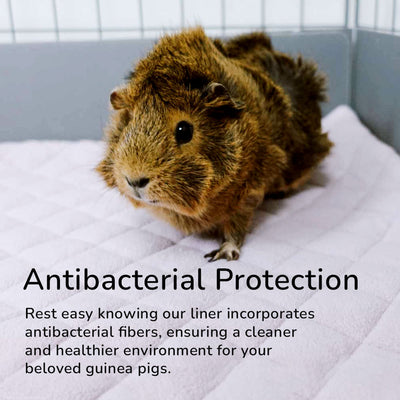




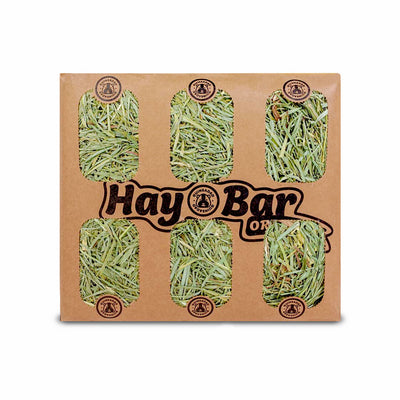
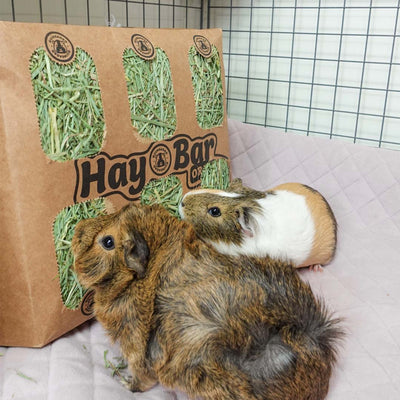
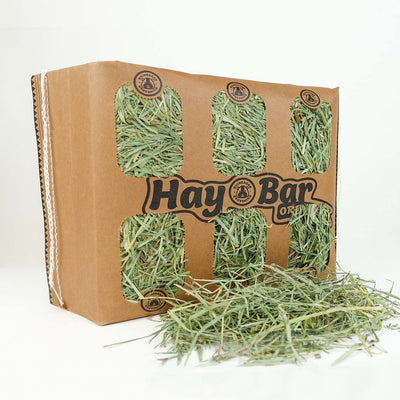
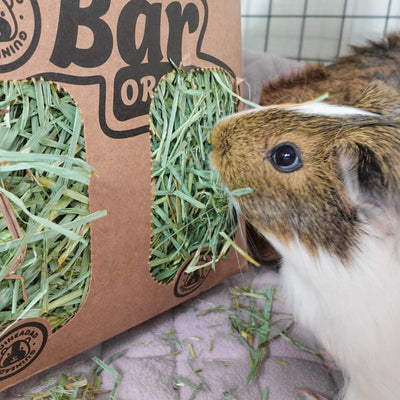
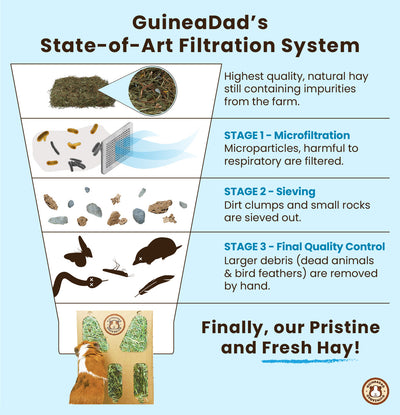


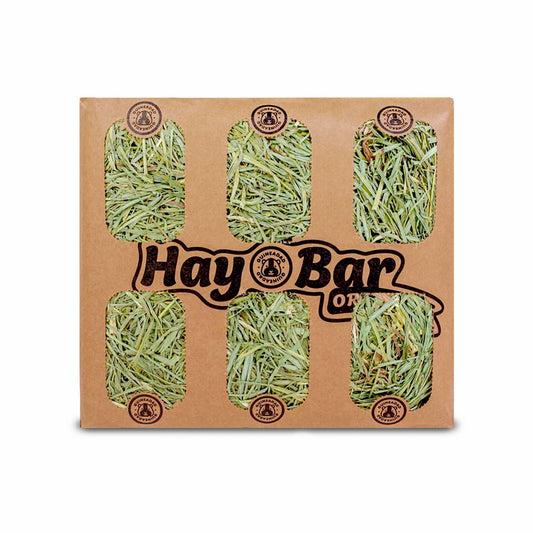
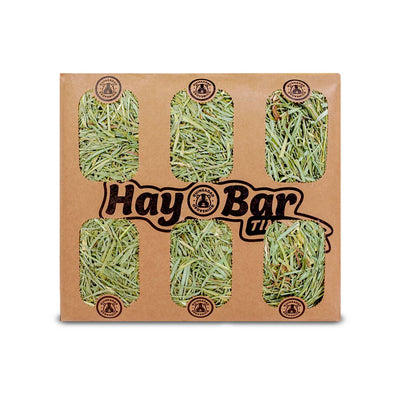
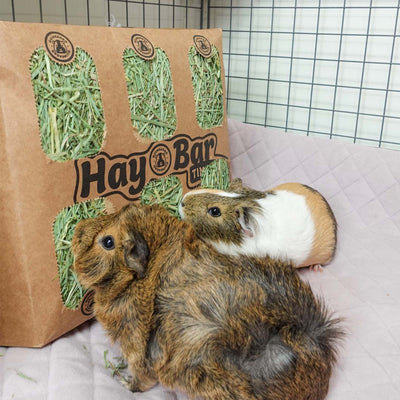
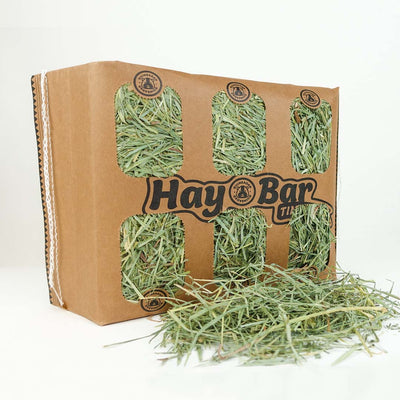
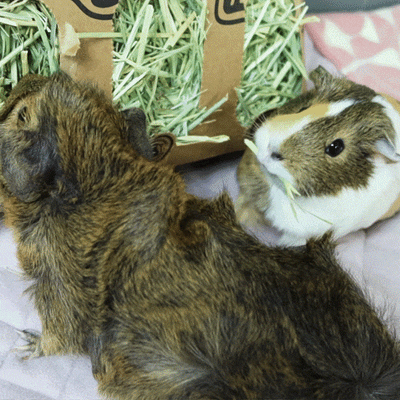


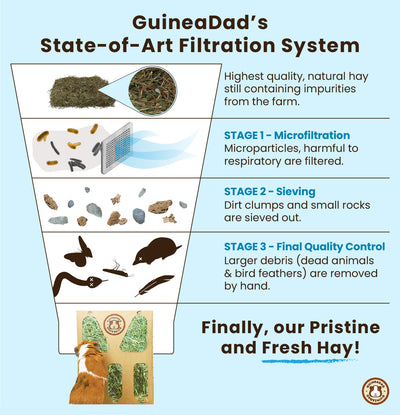
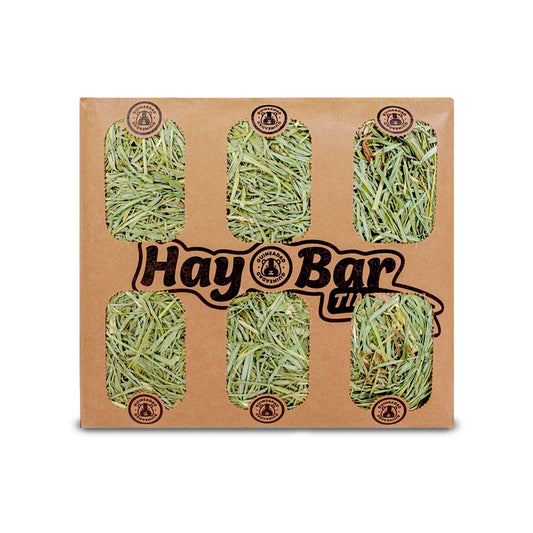
14 comments
Hi my name is Lana and I’ve been wanting to get a guinea pig for a while now but my dad is alrigic to there hair so we are thinking about getting a skinny pig! We have enough space for 2 of them to have enough exercise but I don’t know if I know everything I need to know about them what are some VARY important things I should know about them were exactaly I should locate them? do I get a warmth lamp, different food etc. thank you so much!
Hi, my daughter is anxiously hoping to adopt a skinny pig. We have all been researching how to care for one. We live on Long Island.. do you know of any breeders where we can buy one? I can’t seem to find any breeders here
What exactly is a guineadad????
Is a Guinealoft safe for a skinny pig? I love the look, but fear cut lucite holes could scrape their skin.
???